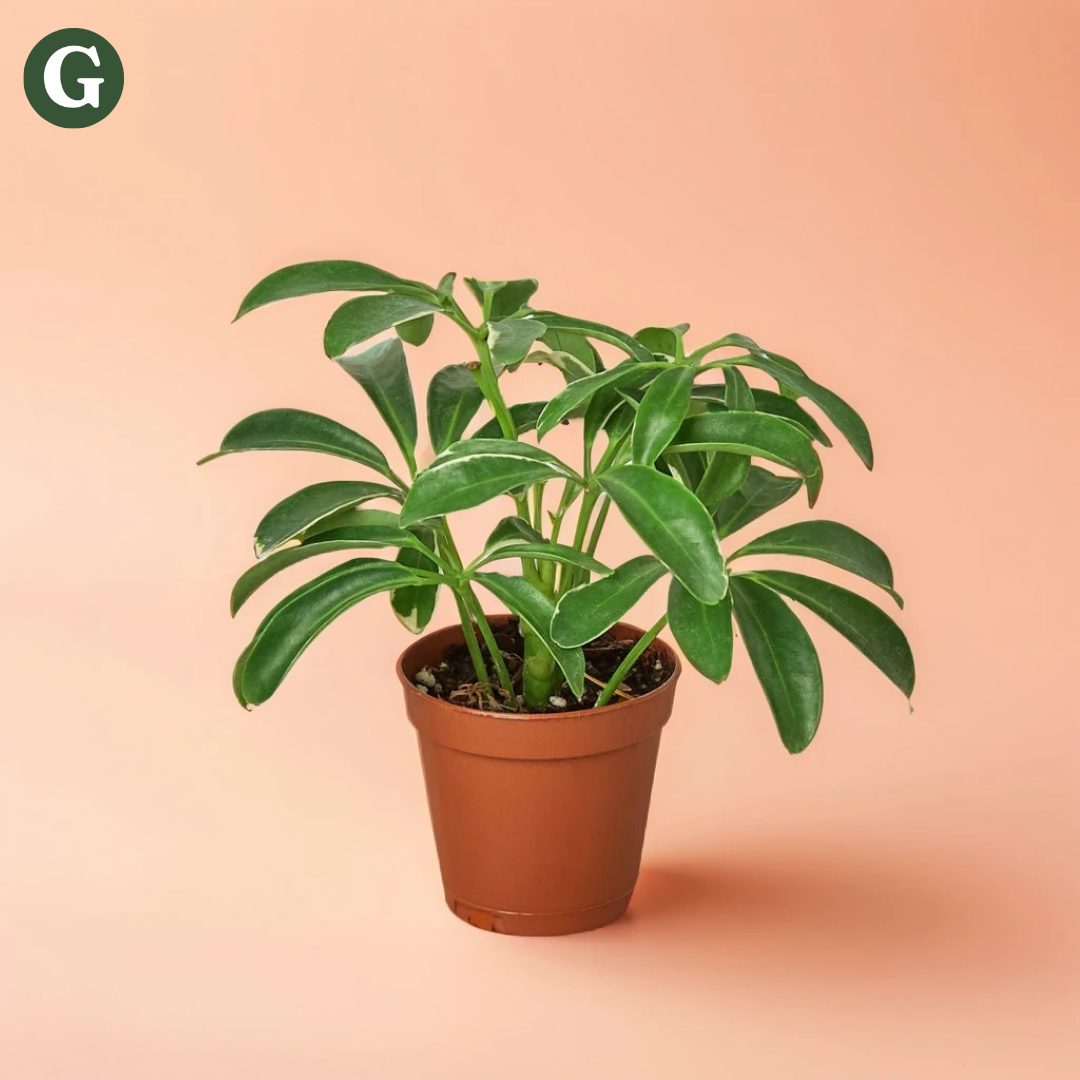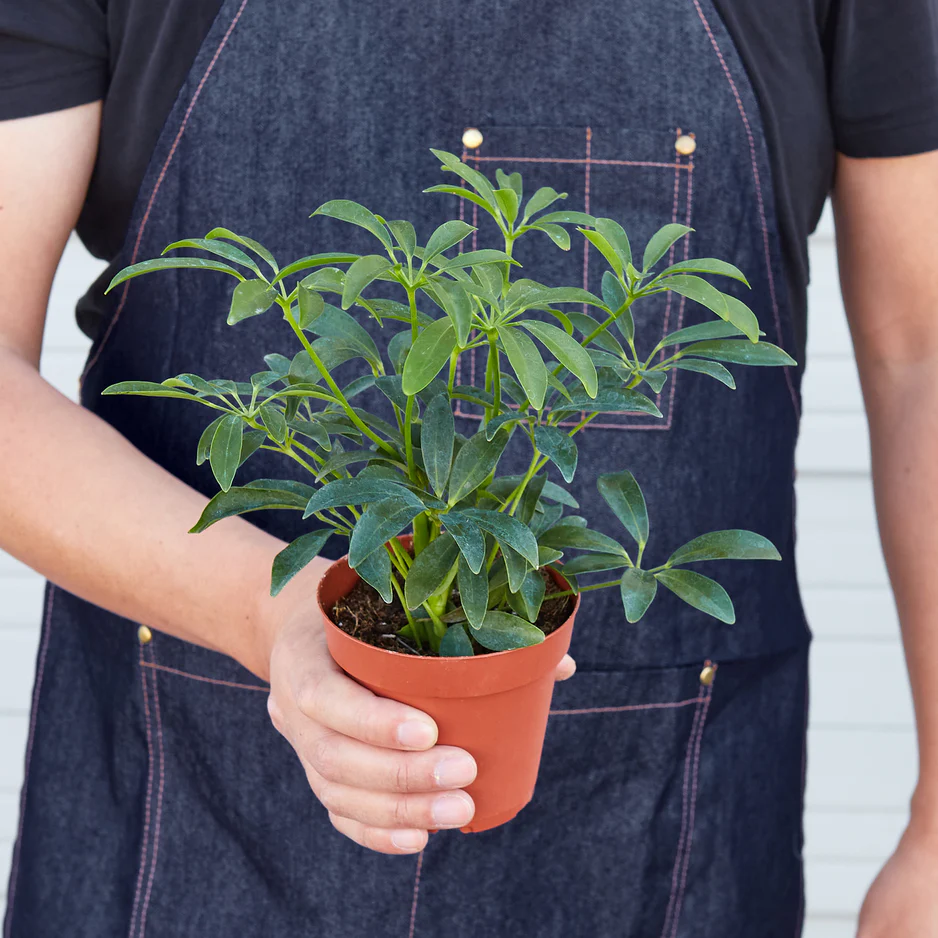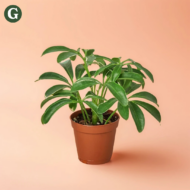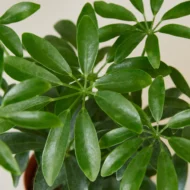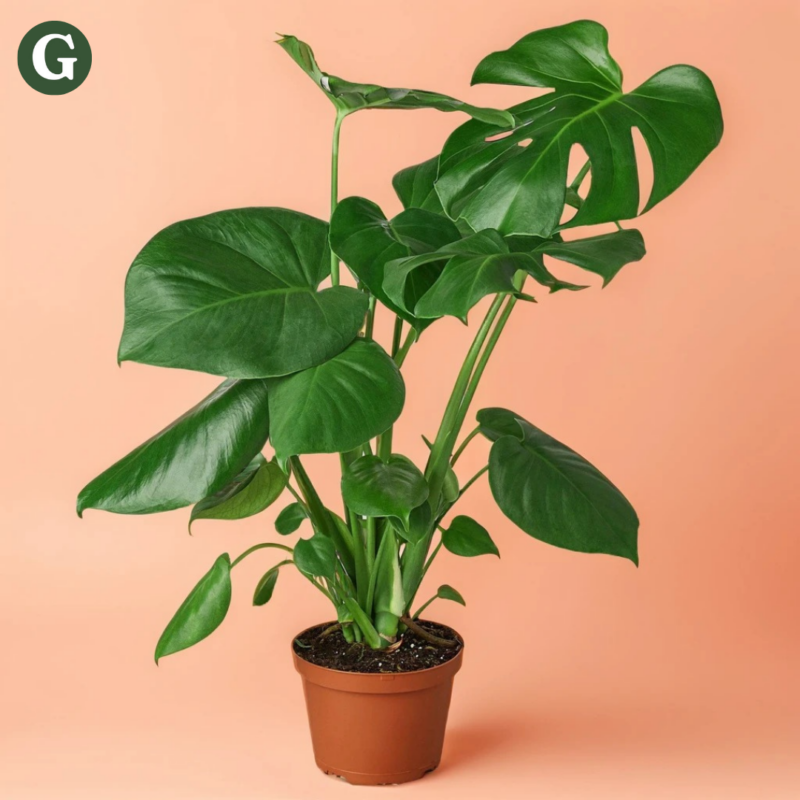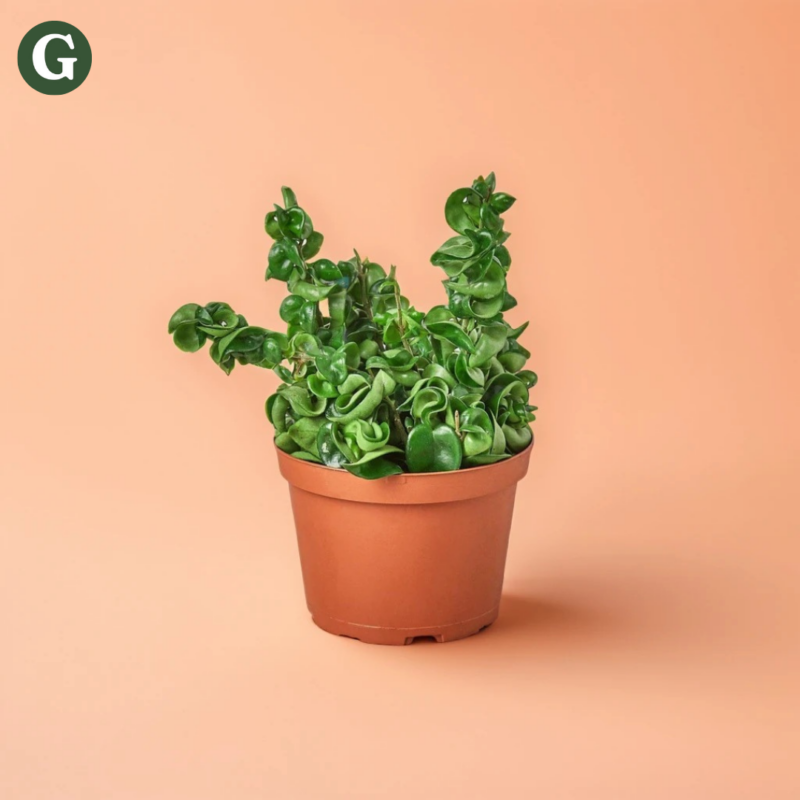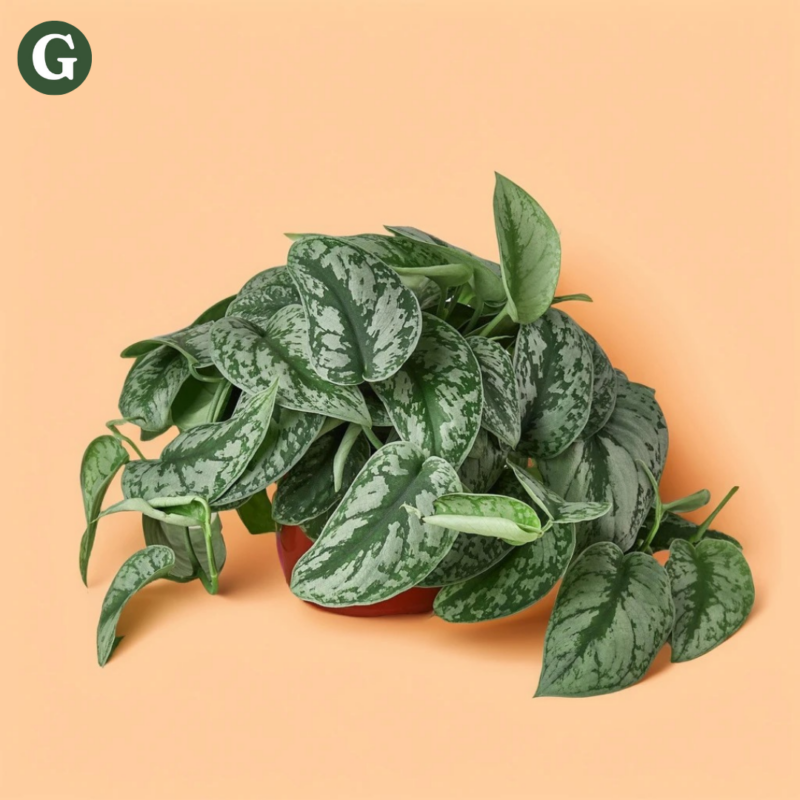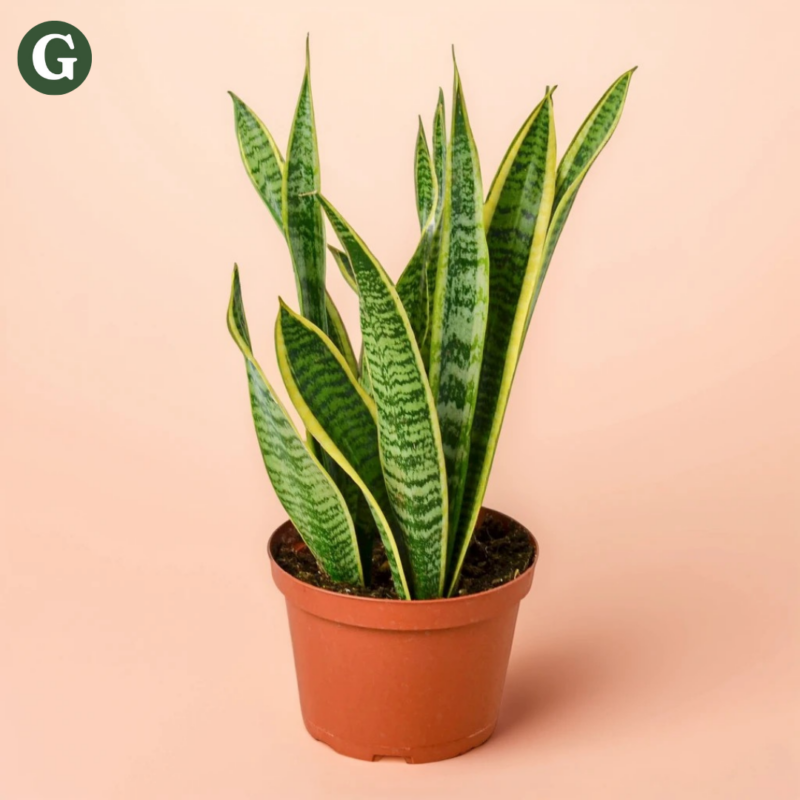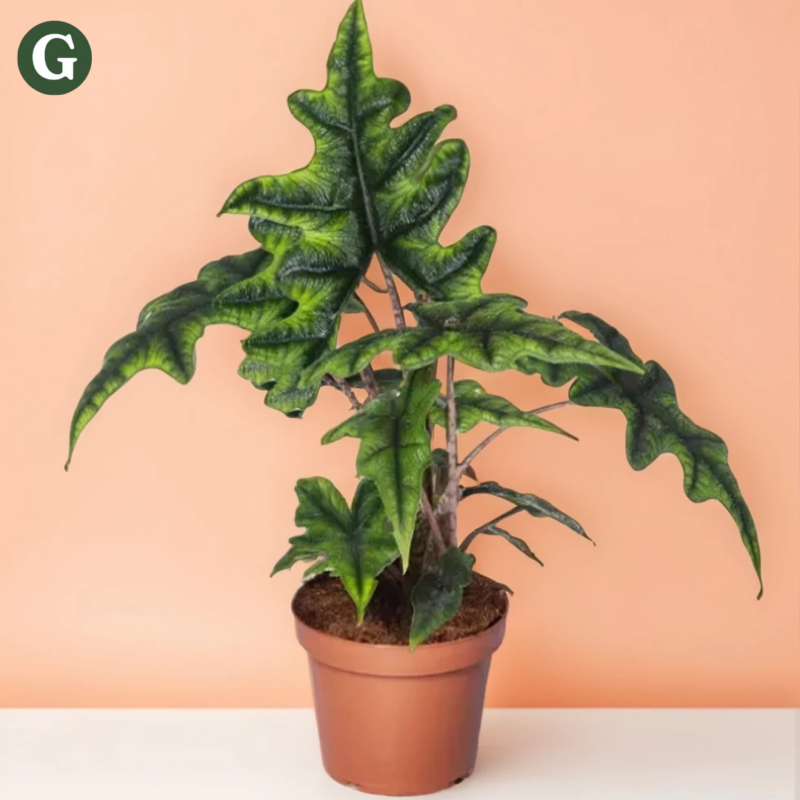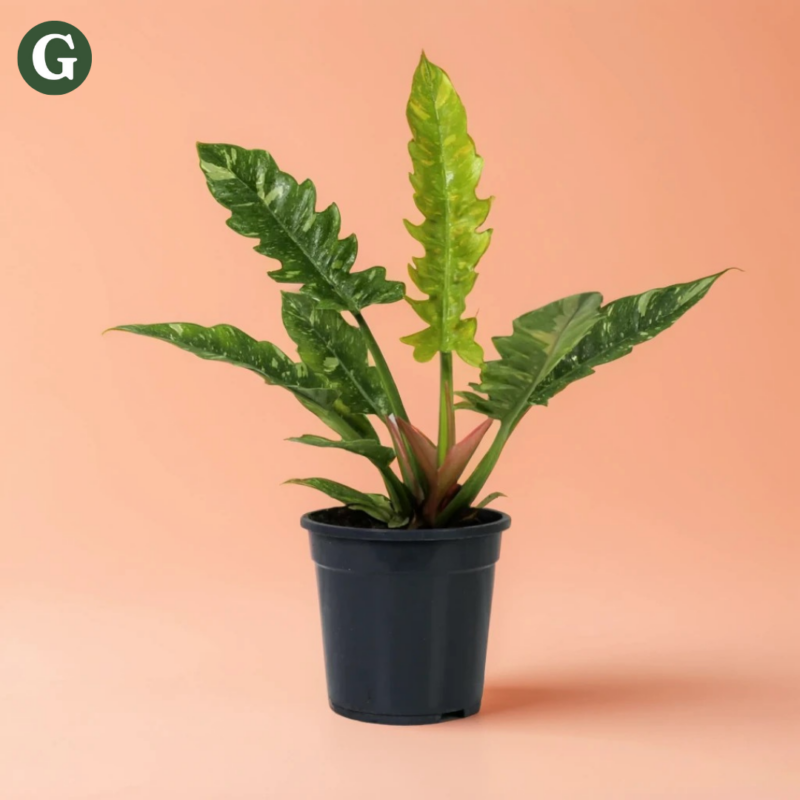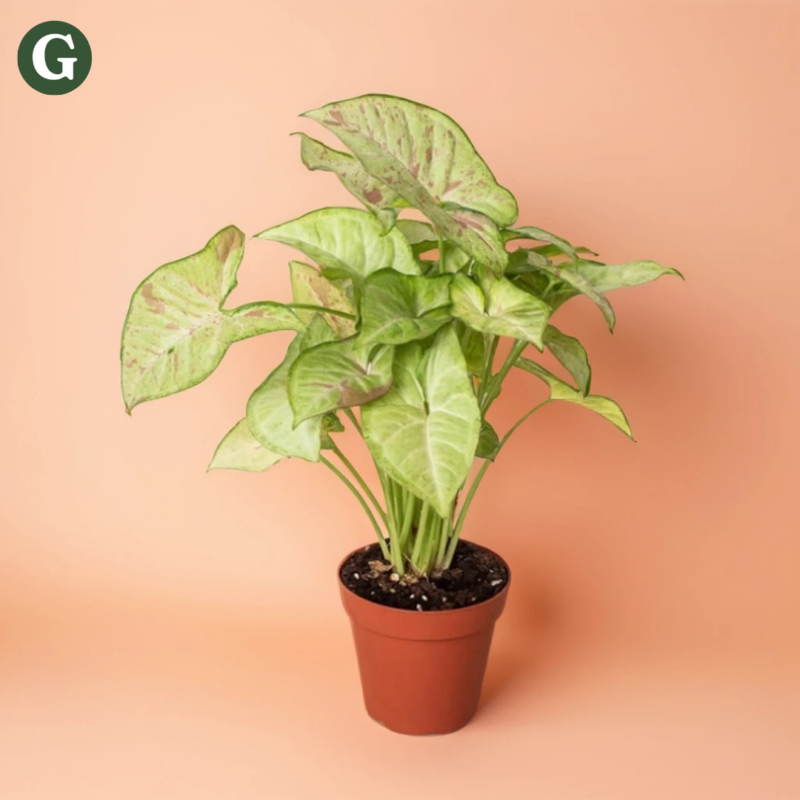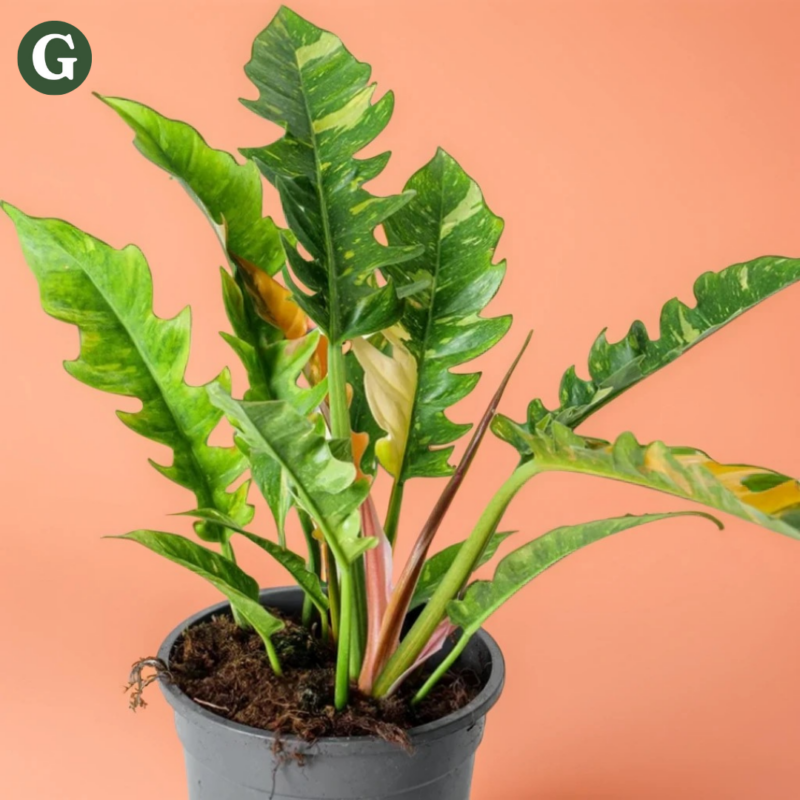Schefflera Arboricola ‘Umbrella Tree’
Botanical Name: Schefflera arboricola
Common Name(s): Umbrella Tree, Dwarf Umbrella Tree
Schefflera Arboricola, commonly known as the Umbrella Tree, is a popular houseplant characterized by its distinctive, umbrella-like leaf clusters. Each leaf is composed of several glossy, deep green leaflets that radiate outward from a central point, resembling the shape of an umbrella. This attractive, easy-care plant can grow up to 6-8 feet indoors, adding a touch of tropical greenery to any home or office space. Its versatile growth habit allows it to be trained as a bush or pruned to maintain a smaller, more compact form, making it suitable for a variety of decor styles.
Umbrella Trees thrive in bright, indirect light but can tolerate lower light levels, though growth may slow in dimmer areas. They prefer well-draining soil and should be watered when the top inch of soil feels dry. Schefflera Arboricola is sensitive to overwatering, so it's important to let the soil dry between waterings to prevent root rot. It adapts well to average indoor temperatures and humidity levels, making it an easy addition to most indoor environments.
Air Purifying Qualities:
- Toxin Removal: The Umbrella Tree is effective at filtering out common indoor pollutants like formaldehyde, benzene, and toluene, helping to improve air quality in your space.
- Oxygen Production: Like many houseplants, it absorbs carbon dioxide and releases oxygen, contributing to fresher and healthier air indoors.
- Humidity Regulation: Through natural transpiration, the Umbrella Tree helps increase indoor humidity, which can be beneficial in dry environments.
Note: Schefflera Arboricola is mildly toxic to pets (cats and dogs) if ingested, causing symptoms such as drooling, vomiting, and lack of appetite. Keep it out of reach of pets to prevent any accidental ingestion.
Care Insights & Expert Tips
- Fertilize regularly: Feed with a balanced liquid fertilizer once a month during the growing season (spring and summer). During the fall and winter months, stop fertilizing as the plant is dormant and not actively growing.
- Monitor for pests: While not overly susceptible to pests, Schefflera can occasionally attract spider mites, mealybugs, or scale. Keep an eye out for any infestations and treat with neem oil or insecticidal soap. Cleaning the leaves with a damp cloth helps to prevent dust buildup and deter pests.
- Pruning: Prune your Schefflera regularly to promote healthy growth.
- Repot as needed: Repot your Schefflera every 2-3 years in a slightly larger pot with fresh, well-draining potting mix. Choose a pot that’s only 1-2 inches larger in diameter than the current one to avoid water retention issues.

Visit our plant care library
Find essential tips to keep your plants thriving, vibrant, and healthy.
